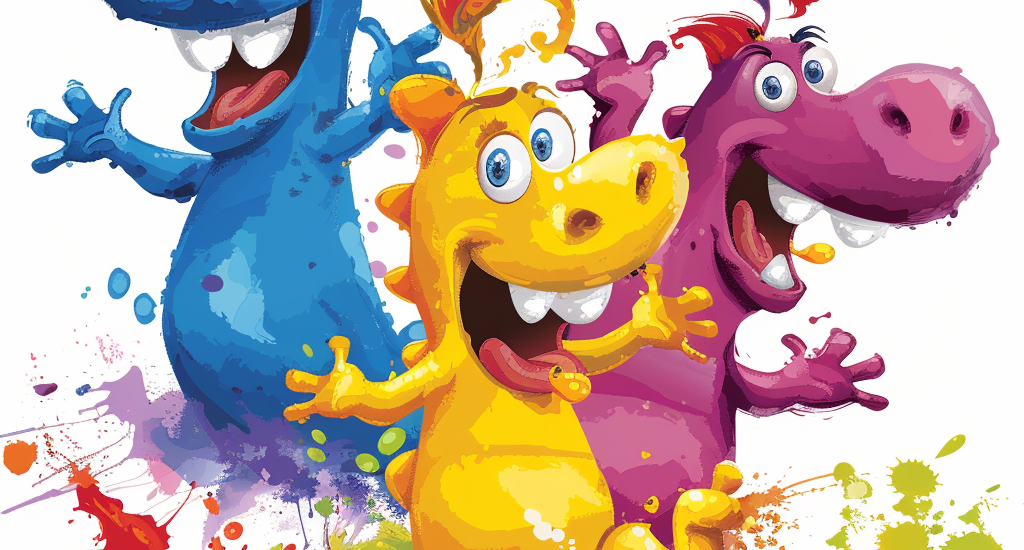


Dinosaurs have captivated the imaginations of children for generations. Their massive size, mysterious extinction, and prehistoric dominance make them endlessly fascinating. But did you know that this excitement about dinosaurs can be a great gateway to broader scientific and educational interests? Here’s why kids are so enthusiastic about dinosaurs and how parents and teachers can use that passion to spark curiosity in other areas of learning.
Dinosaurs lived millions of years ago, creating an aura of mystery and wonder. Their disappearance leaves room for imagination and discovery, which naturally appeals to kids’ curiosity.
The variety of dinosaur species, from the towering T. rex to the swift Velociraptor, provides endless fascination. Kids love learning about the different shapes, sizes, and behaviors of these ancient creatures.
Movies like “Jurassic Park,” TV shows, and books keep dinosaurs in the public eye, making them a staple of childhood entertainment and education. These media portrayals fuel kids’ imaginations and interest.
Dinosaur-themed toys, puzzles, and kits offer hands-on learning experiences. Building models or assembling skeletons can make paleontology feel tangible and engaging for young minds.
Pretending to be a dinosaur or a paleontologist allows kids to explore different roles and scenarios. This imaginative play enhances their understanding and keeps their interest alive.
Teach kids about the Earth’s history and geology through the lens of dinosaurs. Discuss how fossils are formed and what they tell us about prehistoric life. This can segue into lessons on rock formations, the layers of the Earth, and even plate tectonics.
Use dinosaurs to explain the concepts of evolution and natural selection. Discuss how different species adapted to their environments and how this led to the diversity of life we see today.
Compare dinosaurs to modern animals to teach kids about anatomy and biology. Discuss similarities and differences in bone structures, habitats, and diets. This can extend to learning about current wildlife and conservation efforts.
Dive into the world of paleontology by discussing the tools and methods scientists use to study fossils. Encourage kids to conduct their own “digs” in a sandbox or the backyard, fostering an interest in scientific inquiry and research methods.
Integrate dinosaurs into math problems to make learning more engaging. Calculate the height, length, and weight of different species, or use timelines to teach about millions of years and geological periods.
Discuss the environments in which dinosaurs lived and how those ecosystems changed over time. This can lead to broader conversations about climate change, habitats, and the importance of preserving our planet.
Dinosaur-themed books and stories can improve literacy skills. Encourage kids to read about dinosaurs and write their own stories, fostering a love for reading and creative writing.
Teach basic physics concepts by examining how dinosaurs moved. Discuss gravity, balance, and the mechanics of walking on two legs versus four. This can be a fun introduction to biomechanics and physics.
Encourage kids to draw, paint, or sculpt dinosaurs. This not only nurtures their artistic skills but also reinforces their learning about dinosaur anatomy and habitats.
Plan trips to natural history museums, watch documentaries, or participate in online dinosaur quizzes and games. These activities can reinforce learning and make it more interactive and enjoyable.
Kids’ fascination with dinosaurs is a powerful tool for parents and teachers. By leveraging this interest, you can introduce a wide range of scientific and educational topics in a fun and engaging way. Dinosaurs can be the gateway to a lifelong love of learning, exploration, and discovery. So, let’s celebrate their passion for these prehistoric giants and use it to ignite a broader curiosity about the world around them. Happy exploring!